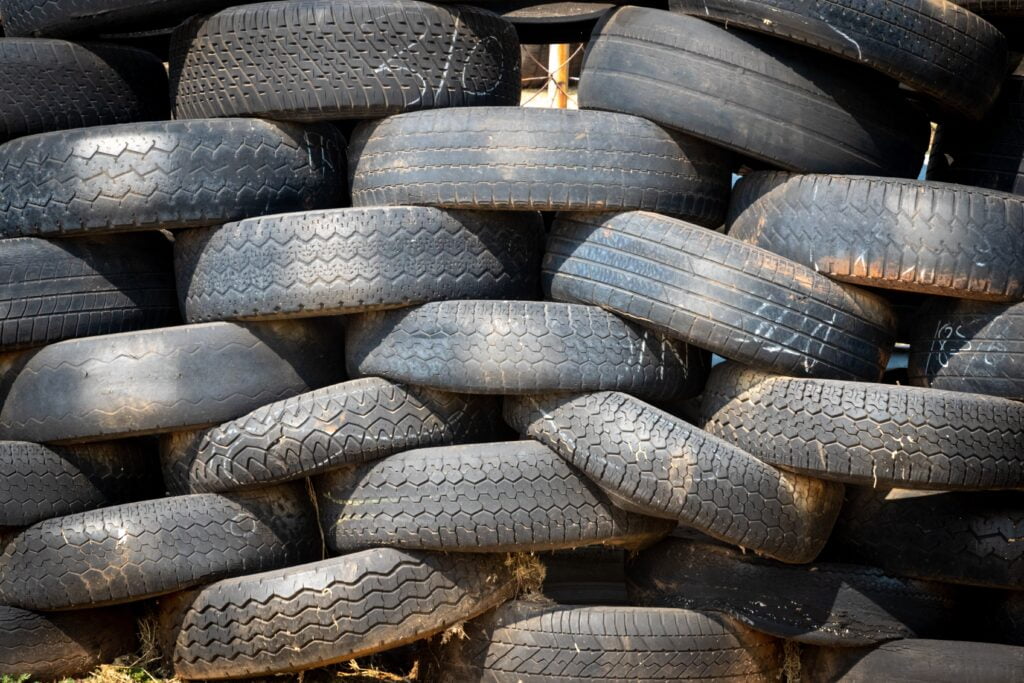Potential Environmental Impacts
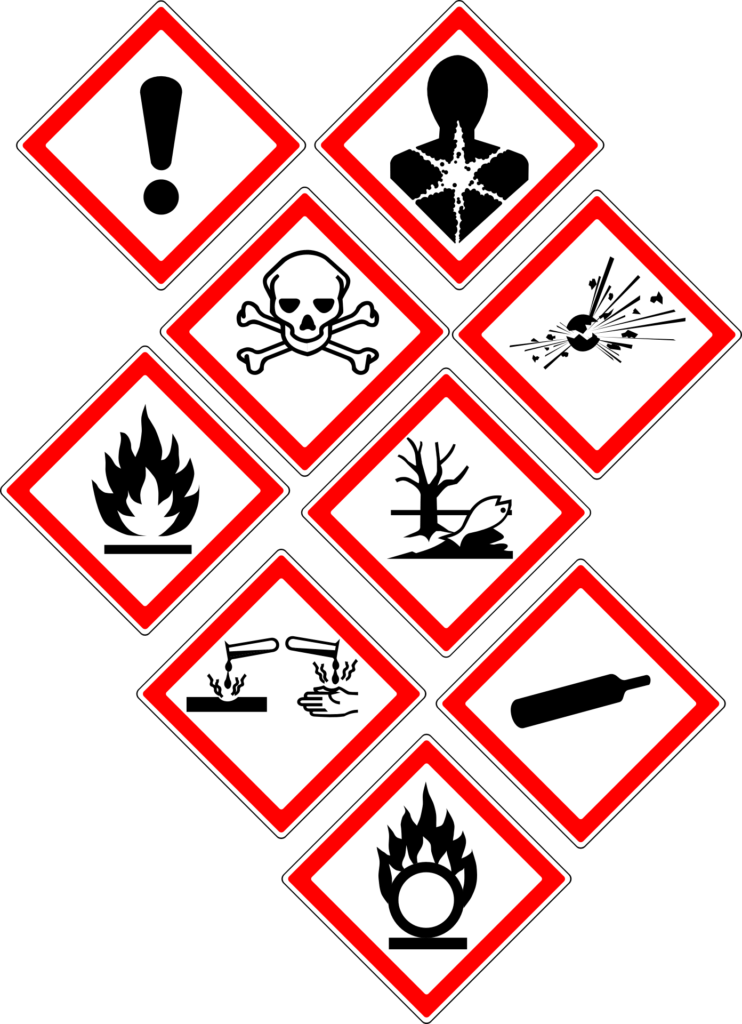
Hazardous Materials
End-of-life vehicles contain a range of substances that are hazardous to the environment if they are not properly recovered from end-of-life vehicles. The following is a summary of the environmental impact these hazardous materials.

Refrigerants
Refrigerants found in the air conditioning systems of vehicles typically contain the refrigerants HFC134a (1,1,1,2-tetrafluoroethane) and to a lesser extent CFC?12 (dichlorodifluoromethane), commonly known as R?12 or Freon?12.
CFC?12 was commonly used in vehicle air conditioning units prior to 1996. Its use was banned because of its significant depleting impacts on the Earth’s stratospheric ozone layer. The stratospheric ozone layer is important in filtering out the harmful UVB wavelengths of ultraviolet light. Increased UVB radiation is generally accepted to be a contributing factor to skin cancer and increased ground-level ozone, both of which are significant health risks to humans. Increased UVB radiation also affects the growth of plants on land and of phytoplankton in the water.
CFC?12 is a powerful greenhouse gas. Its global warming potential is 10,900. This means that 1 kilogram of CFC?12 is equivalent to 10.9 tonnes of carbon dioxide gas.
Since 1996, HFC134a has replaced CFC?12 in air conditioning units because it does not deplete the Earth’s ozone layer; however, HFC?134a is also an important greenhouse gas. Its global warming potential is 1,180, meaning that 1 kilogram of HFC134a is equivalent to 1.18 tonnes of carbon dioxide gas.
schedule for Vancouver Island and the Lower Mainland, there is a modest $50 fee to help cover the extra costs for travel. For yards outside Vancouver Island and the Lower Mainland the additional fee is $150.
Should a yard require inspections outside the annual schedule, AREA will charge the full travel costs.


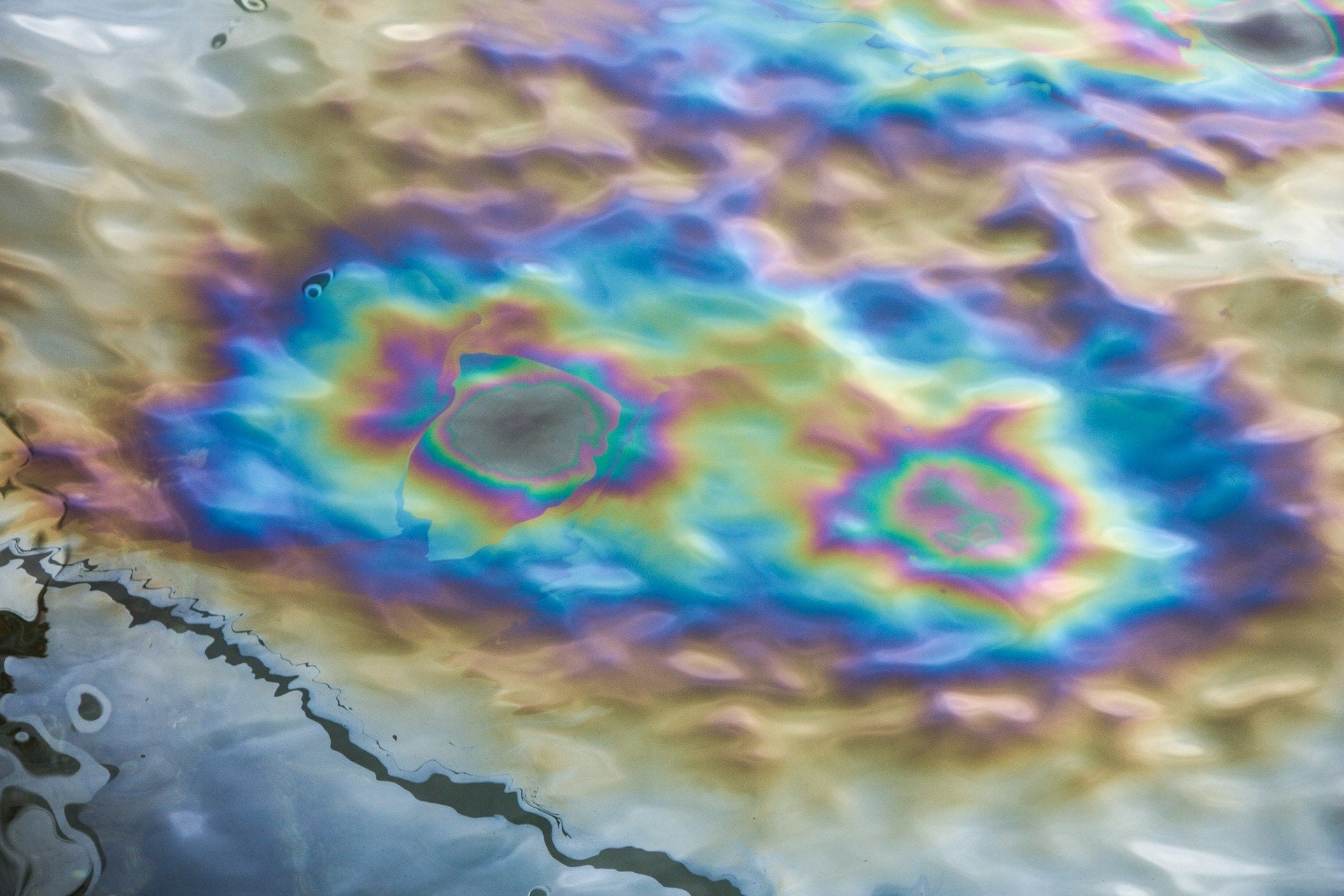
Oil, Antifreeze, and Other Hazardous Fluids
Hazardous fluids include waste oils, fuels, other lubricants, antifreeze, brake fluid, solvents, and windshield washer fluid. Failure to remove the hazardous fluids could result in contamination of soils and/or water, resulting in impacts on drinking water supplies and fish habitat.
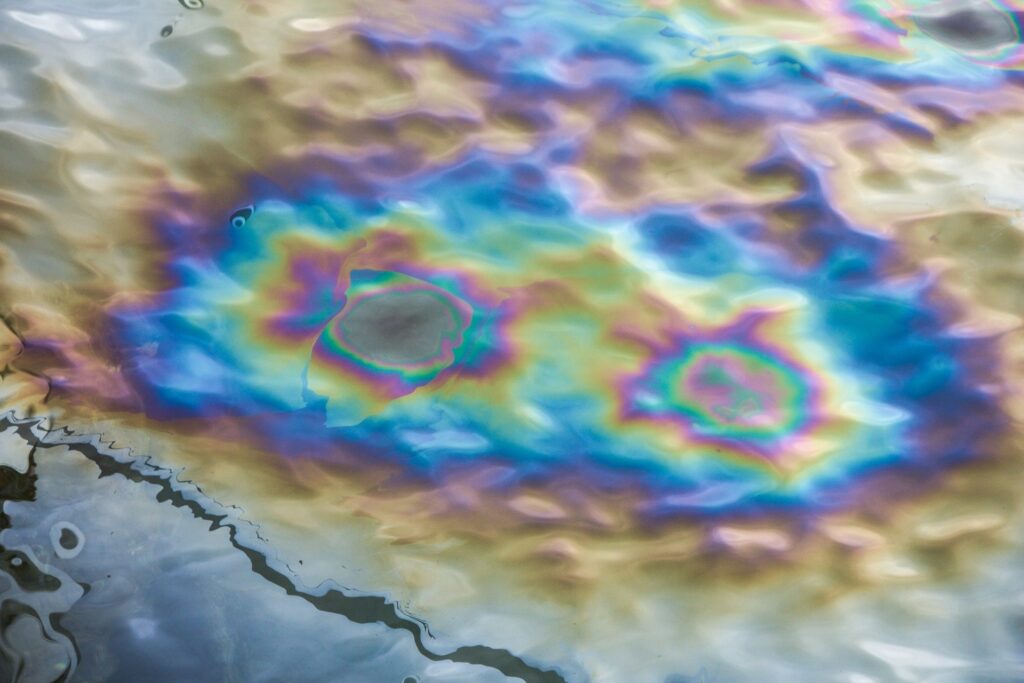
Mercury
Small amounts of mercury are contained in the convenience light switches under the hood and trunk as well as in anti-lock brake sensors and tire balancing products.
The health effects of elemental mercury depend on the length and type of exposure. For example, if you were to swallow liquid elemental mercury accidentally from a broken fever thermometer, little mercury would be absorbed by your body. However, if you were to inhale the vapour from that mercury spill, it would be more easily absorbed into your body, potentially causing health problems. At higher concentrations, mercury vapour can cause damage to the mouth, respiratory tract, and lungs, and it can lead to death from respiratory failure.
As little as 0.07 milligrams of mercury can have harmful effects on humans. Mercury is especially toxic to young children and women of childbearing age because it inhibits the development of the brain and nervous system.
Mercury can contaminate soils and water bodies, and it poses an air quality problem during the shredding of vehicle hulks by steel recyclers/manufacturers. If mercury switches are not removed prior to arrival at steel recyclers, the contained mercury is released to the air when the vehicle is shredded. Further, 1 gram of mercury, the amount contained in a mercury switch, mixed evenly in a body of freshwater, could contaminate as much as 3.8 million litres beyond safe limits for the protection of aquatic life (0.26 micrograms of mercury per litre of water).


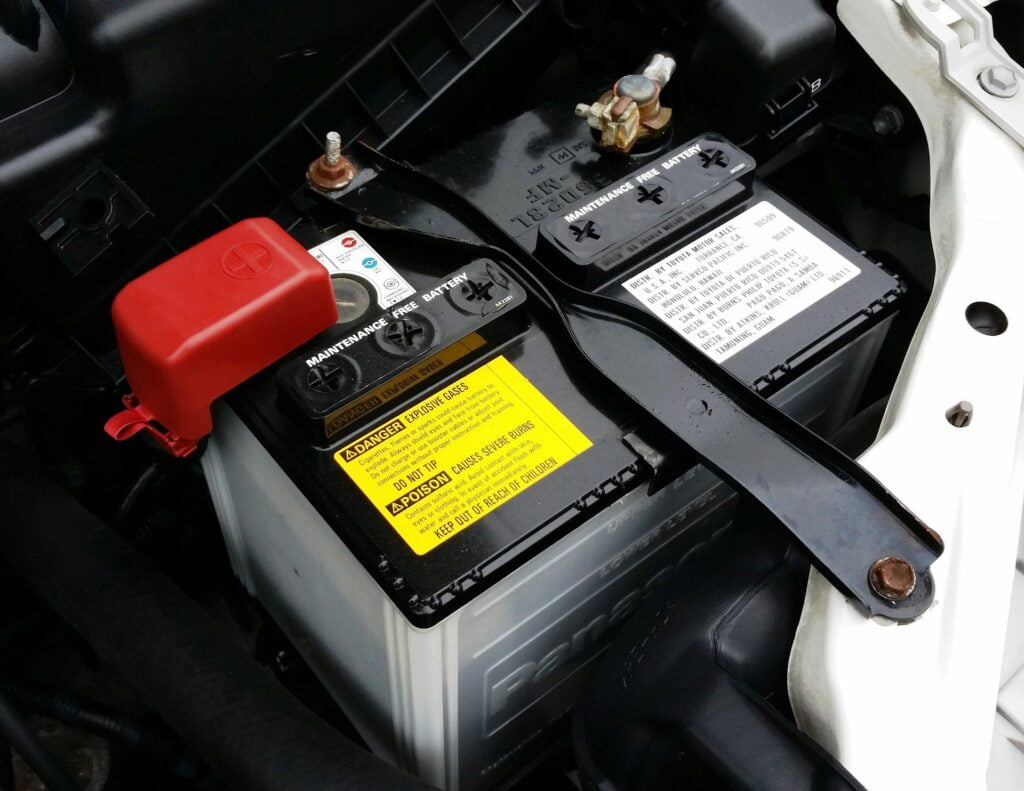
Lead
There are three main sources of lead in end-of-life vehicles: lead–acid batteries, battery cable ends and tire weights. In addition, lead–acid batteries contain concentrated sulphuric acid and are a hazard to the environment and worker safety.
Lead is a toxic compound and, if it is left unmanaged, it can contaminate soil and groundwater. People are mainly exposed to lead by breathing it from the air or by ingesting food, water, soil, or dust that had been contaminated with lead. Small amounts of lead can be harmful, especially to infants, young children, and pregnant women. Symptoms of long-term exposure to lower lead levels may be less noticeable but are still serious. Anemia is common, and damage to the nervous system may cause impaired mental functions. Other symptoms are appetite loss, abdominal pain, constipation, fatigue, sleeplessness, irritability, and headaches. Continued excessive exposure, as in an industrial setting, can affect kidney function.

Tires
On their own, tires do not constitute an environmental threat. However, a tire fire has significant impacts on air, land, and water quality. As well, tire piles provide an excellent breeding ground for mosquitoes that may carry the West Nile virus.
